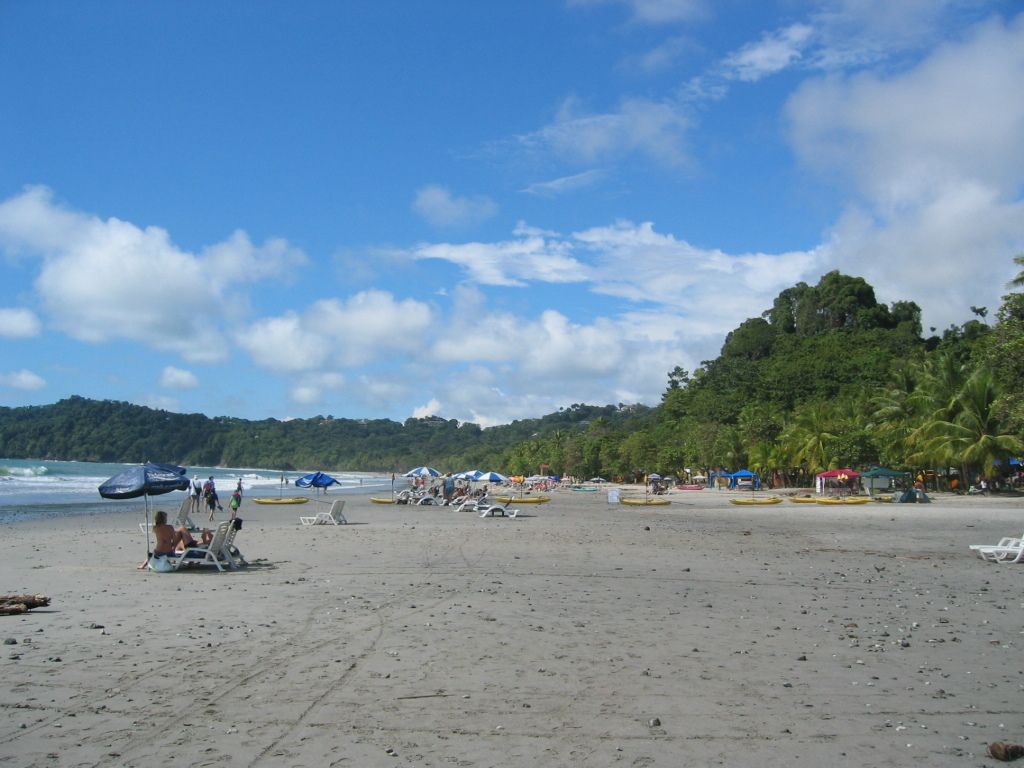Why Your In-Flight Dining Experience Gets a Taste of Blah
Decreased Sensations of Taste During Flight: Understanding the Affected Taste Perception.
When you're 30,000 feet in the sky, nibbling on that airline meal, chances are it doesn't pack much flavor. If you thought this was due to questionable airline cuisine, think again! The culprit is the cozy cabin environment itself. Here's why mealtime in the sky feels more like a sensory letdown.
1. Dry and Dessicated Taste buds
You'd be surprised to know that the air inside planes is bone-dry, with humidity levels as low as 10-20%. This dryness has a nasty habit of dehydrating your taste buds, making them insensitive to the delicious flavors you crave[1].
2. Pressurized Palate
It's not only the dry air that's affecting your senses while you're flying. The reduced air pressure at these altitudes affects your ability to taste sweet or salty flavors by up to 30%, making that in-flight meal seem a bit lackluster[4].
3. Rewarmed Rations
Not only does the dry air and lack of pressure impact the taste, but the way food is reheated can also be a factor. Often, food is warmed up in a manner that changes both its taste and texture, making it less appetizing[1].
Elevate Your In-Flight Taste Buds
Want to boost your taste experience while cruising the skies? Check out these tips:
- Go for Umami-Packed Eats: Foods with high umami content, like mushrooms, fish, seaweed, and soy products, are less likely to be affected by those in-flight conditions[4].
- Pepper Your Plate with Acidic or Bold Flavors: Dishes with a kick, like spicy or citrus-infused treats, can cut through the dullness of the flight environment[4].
- Stay Hydrated: Drinking water helps keep your mouth moist, which may improve the functioning of your taste buds[3].
- Snack on Umami-Enhanced Goodies: More airlines are offering snacks with enhanced flavors, like pretzels with special seasonings. Experimenting with these options might provide a more satisfying taste experience[3].
- Give Tomato Juice a Try: Believe it or not, tomato juice is often reported to taste better on flights. This could be due to its umami content, which is less affected by the in-flight conditions[5].
[1] Lufthansa (n.d.). Taste in the Sky. Retrieved from https://www.lufthansa.com/content/dam/lh/documents/magazin/PDF/2003_06_Essen_und_Trinken_eng.pdf[2] MedlinePlus (2020, November 10). Dry Mouth. Retrieved from https://medlineplus.gov/drymouth.html[3] Panjabi, M. (2016). The Physiology of Airline Cabin Atmospheres. Aviation, Space, and Environmental Medicine, 87(5), 466-470. doi: 10.3357/asem.4485.2016[4] Spence, C., & Piqueras-Fiszman, B. (2014). The multisensory perception of flavor. Consciousness and Cognition, 19, 901-908. doi: 10.1016/j.concog.2014.03.018[5] van Hoof, J., Stanney, K. M., & Salvendy, G. (2005). Human Factors of Flight-Deck Performance. Taylor & Francis.[6] Our Website (n.d.)
In the realm of health and wellness, understanding the impact of flight conditions on taste buds can enhance your in-flight dining experience. To compensate for the dry cabin environment and reduced air pressure affecting taste, opt for food rich in umami, such as mushrooms or seaweed, or indulge in spicy or citrus-infused dishes to counter the sensory letdown. Additionally, staying hydrated and snacking on umami-enhanced snacks offered by airlines could provide a more satisfying in-flight taste experience.







